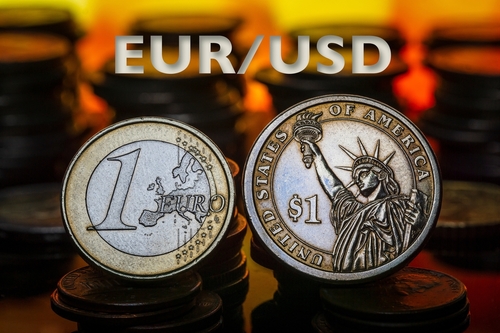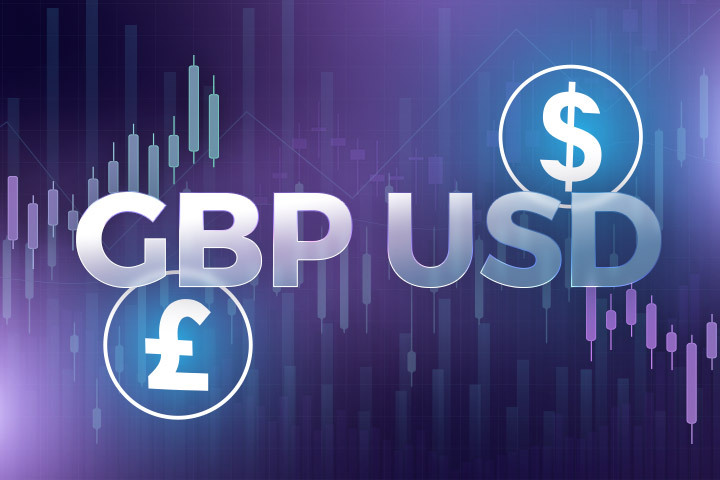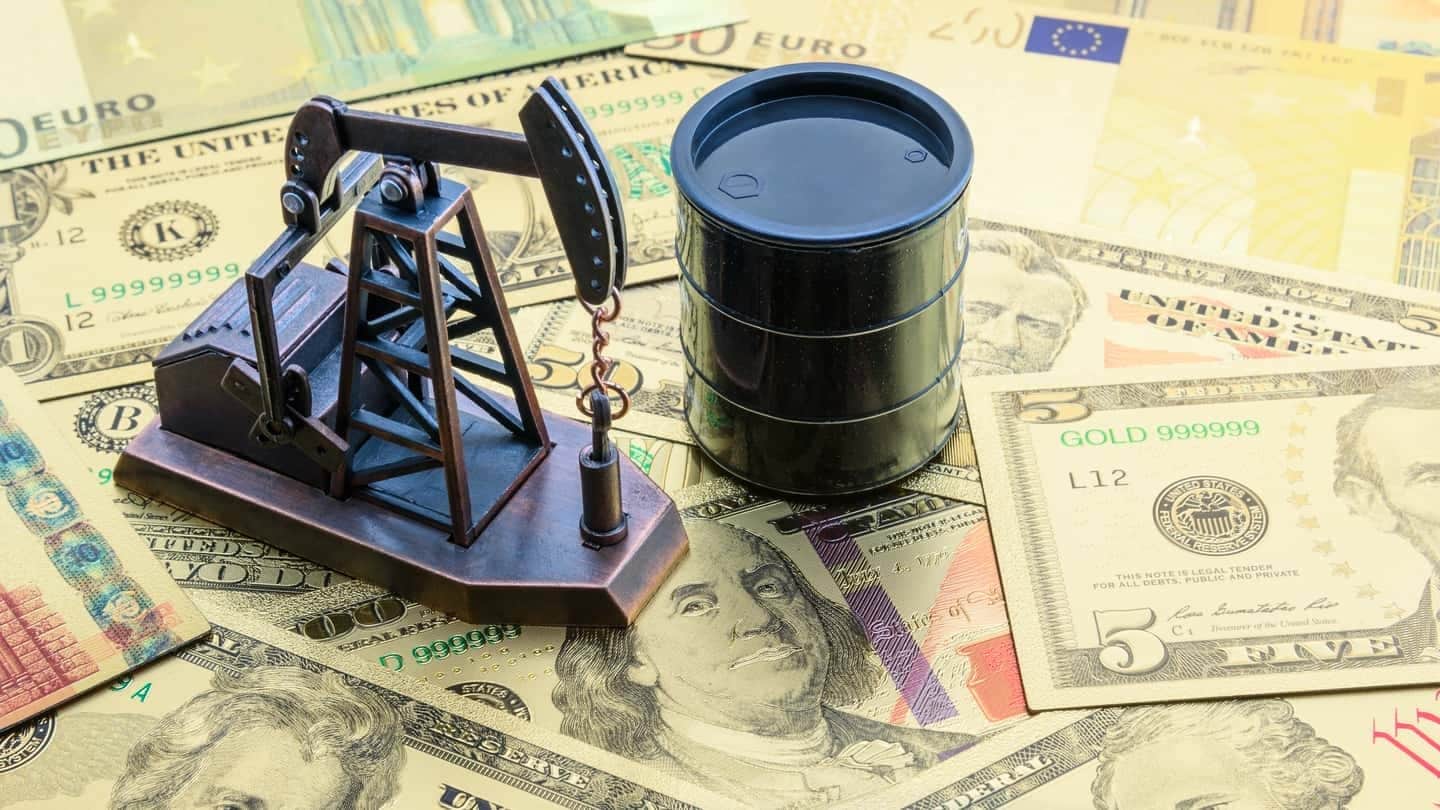
The Gold
Gold strengthened due to a significant decline in less-than-expected non-farm payroll data last week, which led to further interest rate cuts by the Federal Reserve, compounded by a weak dollar. With a notable increase, gold prices have reached new highs, and as the U.S. elections approach—a significant and risky event—the outlook remains bullish. Americans are officially heading to the polls to elect a new Congress and President. Given that polls in most battleground states appear very close, uncertainty continues to rise in financial markets, prompting investors to turn to gold as a safe-haven asset. It is anticipated that if the results diverge from expectations with a Trump victory, market reactions could intensify.
Currently, there are no signs of excitement in gold and silver markets; rather, both precious metals are experiencing robust growth, aided by factors such as economic concerns, geopolitical tensions, a declining dollar, and increasing demand from central banks. Additionally, the Federal Reserve’s interest rate cuts and those of other central banks have lowered the cost of holding non-yielding assets like gold and silver, intensifying demand.
The World Gold Council states that elections have historically had a significant or immediate impact on gold performance; however, regardless of the winning candidate, they may act as a catalyst for gold.
Aside from the elections, the market also expects the Federal Reserve to cut interest rates by 25 basis points at the November 7 meeting, which supports demand for gold exchange-traded funds (ETFs). It should be noted that no upward trend remains sustainable indefinitely, and gold may face a sharp correction after the November 5 elections if no party wins both the White House and Congress. However, as long as the reasons for holding gold remain valid, the possibility for further price increases still exists. A price correction of more than $100 is expected in gold. Nonetheless, strong support is at the $2,685 level, and breaking below $2,600 could lead to a more severe movement, likely initiated by selling pressure from hedge funds.

The Euro
This week, the Eurozone released data on third-quarter economic growth and October inflation, which unexpectedly indicated GDP growth in most countries of the region and a surge in inflation. The economy of the European Union grew by 0.4% in the third quarter, and with inflation returning to the 2% target in October, the probability of a 50 basis point deposit rate cut in December decreased from 50% to 20%. While investors assessed the latest economic data from the United States, European stock markets closed positively on Friday following gains on Wall Street. Inflation in Switzerland fell further last month, while retail sales in the country rose by 1% in September.
The latest figures bolster gradual monetary expansion and allow European Central Bank officials to maintain their aggressive stance. This is beneficial for the euro, but two currencies are involved in this pair. U.S. employment data and the upcoming presidential elections may compel the euro to revert to its previous path.
Given market expectations for a 50 basis point interest rate cut by the European Central Bank, which appears to be aggressive, along with the prospect of rising inflation in the Eurozone, there is potential for the euro to appreciate.
On the other hand, the level of foreign exchange volatility has increased more than in previous U.S. presidential elections. This is due to uncertainty about the election outcome and concerns regarding Donald Trump’s policies. Investors consider the election results to be more significant than U.S. labor market statistics, which is a reasonable approach.

The Pound
The British pound has risen to $1.2971 after a 0.3% decline last week. In its September meeting, the Bank of England decided to keep interest rates steady at 5% and indicated a cautious approach toward future cuts. Later, Andrew Bailey stated that a need for more aggressive rate cuts may arise if inflation decreases. However, the probability of a rate cut in the last month of the year is currently only 30%. If the votes of the Monetary Policy Committee are closely divided and the Bank’s statement indicates caution regarding future cuts, the pound may strengthen. Otherwise, stronger support for future cuts could exert downward pressure on the currency.
Recent data from the UK has created conditions that reinforce the likelihood of further rate cuts, which may influence market expectations in the future. Additionally, budgetary regulations suggested a further decline in the pound’s value, leading to greater certainty for continued growth of this currency pair.
A key point in the pound market is that current conditions do not resemble the market turmoil following the mini-budget in 2022. While government debt is expected to rise significantly, tax increases have alleviated concerns about unfunded expenditures. Furthermore, the leverage of UK pension funds (LDIs) is significantly lower compared to 2022, when there was a panic sell-off of UK bonds.
The pound may experience a slight decline until the market adjusts to a greater supply of bonds; however, with rising short-term rates and only one rate cut forecasted by the Bank of England in 2024, the interest rate differential may provide support for the pound. Our prediction remains that the GBP/USD rate will be close to 1.28 by the U.S. elections.

The Oil
Last week, oil prices decreased following Israel’s attacks on Iran, which did not damage oil infrastructure, leading to a temporary reduction in tensions in the Middle East. Oil prices rose on Friday as reports emerged regarding Iran’s preparations for a retaliatory attack on Israel, expected to be launched from Iraq within the coming days.
The Wall Street Journal reported on Sunday, citing Iranian and Arab officials informed of these plans, that Iran is planning a counterattack on Israel using stronger warheads and other weapons, with no intention of limiting its response to missiles and drones. The newspaper noted that it remains to be seen whether these threats are genuine.
On the other hand, following OPEC+’s announcement of a one-month delay in the planned increase of oil production by 2.2 million barrels per day, oil prices experienced a slight increase during the Asian session. On Sunday, the group also reiterated the members’ “collective commitment” to achieve “full compliance” with the set output targets.
On Monday, amid rising tensions in the Middle East, Brent oil prices increased to $74.22, and crude oil reached $70.72 per barrel. In light of the U.S. presidential elections and Donald Trump’s emphasis on easing policies for drilling and crude oil production, the outcome of the November 5 elections is not expected to have a short- to medium-term impact on oil production levels.
Oil prices seem likely to remain volatile as geopolitical risks, concerns over increasing supply, and weak demand prospects counterbalance each other.

